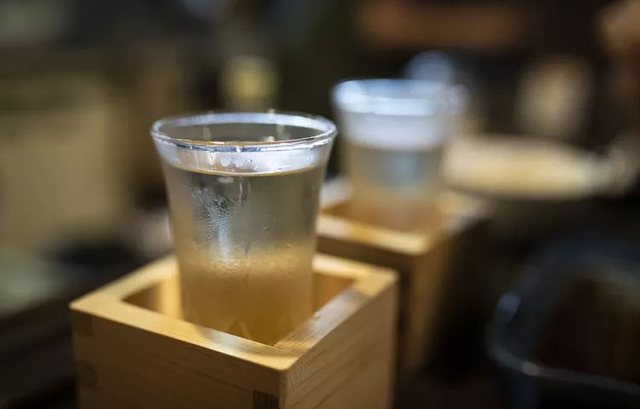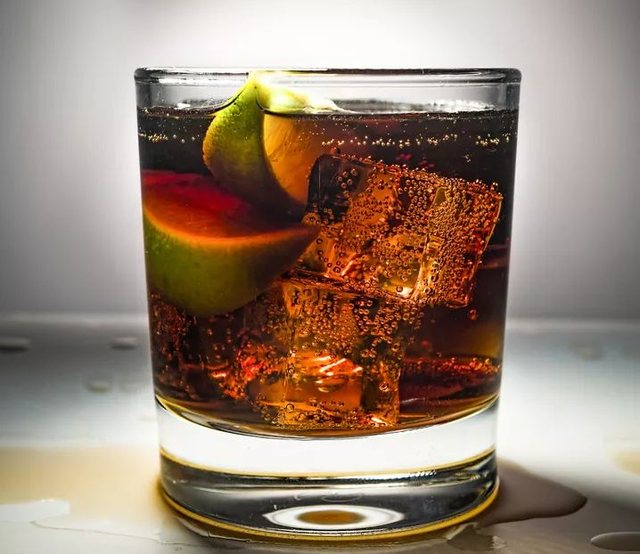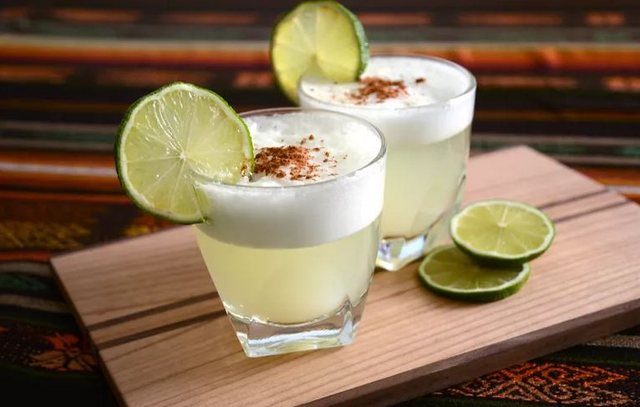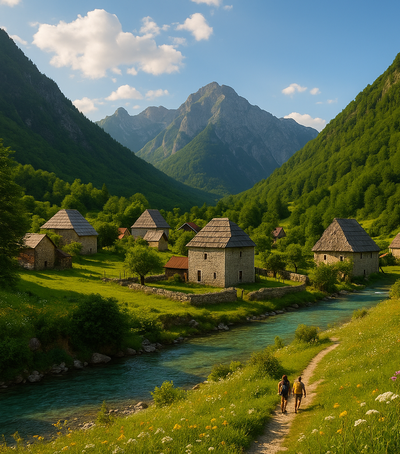
Like food, music or art, the traditional drinks of a country where you travel for the first time especially, take on another value! Because they give an idea of the deep culture and connection to a particular feeling of the place you have chosen to relax.
Despite Covid-19 and pandemic, we all need to prepare for the next trip or vacation, so if the list of your favorite destinations is one of these six places, then pay attention: do not leave without trying their most popular drinks! In just one sip, you can connect with that countryâ??s current lifestyle and past, of course!

Some of the oldest stories written in Japan can be found in third-century Chinese history books, which discuss the Japanese tradition of drinking Sakes, a rice-based drink during funeral ceremonies. The data of the eighth-century Japanese imperial court speak of Sakena in both historical and mythical stories, the drink was still reserved for the monarchy and religious practices. Today, Sake creators use a combination of traditional and modern methods to maintain important cultural connections with the historical elements of this traditional drink. High quality water and rice are essential, as the process uses large amounts of both. To prepare the Sake, the rice is fermented and then it is ready for grinding at different levels until the basic drink is obtained.

When it comes to Mexicoâ??s most famous spirit, it all starts with the blue agave! Full of heavy leaves and often confused with an aloe or cactus, agaves are the basis of the tekil. When the prickly leaves are removed, only one piña remains, the heart of the plant resembling pineapple. Piña is then cooked, baked, fermented and distilled using a process dating back to the 17th century. While agave distillates can be found all over the country, one that was found in the city of Tequilas, Jalisco, became more popular, so the drink got its name.

Cold, traditional, this drink turns the soul from white to milk! Uzo is the national alcoholic beverage of Greece. The drink is made from a base of fermented grapes and is flavored with anise and is commonly used as an aperitif to help stimulate appetite and prepare the stomach before a meal. Beyond that, ozo is also used to improve digestion and is believed to have healing properties.

Cuban rum production dates back to the first cultivation of sugar in the Caribbean in the early 1500s. At that time, the region began producing a heavier beverage called aguardiente, which eventually evolved into the more modern version of Cuban rum we see today. . Don Facundo Bacardi is believed to have invented the filtering technique by producing a lighter, sweeter Cuban rum in 1862. His son, Emilio Bacardi, defended the idea of the Cuban overthrow of Spanish rule and the abolition of slavery in the 19th century. time in history also unfolded the phrase, "Cuba libre!" Powerful, drunk with ice and served in a simple glass cup, the drink contains: rum, fresh lime juice and sugar. Ernest Hemingway, who spent a lot of time at the El Floridita restaurant in Havana, had a special version invented by his favorite bartender that included grape juice and maraschino liqueur.

Beer is one of the oldest alcoholic beverages in the history of mankind, so it is not surprising that its origin is still a mystery ... One of the first recorded stories of beer creates dates on Sumerian clay tablets in 3,500 Before Christ, though some believe it began in ancient Mesopotamia up to 10 thousand BC. Lager-style beer may have originated in Bavaria, when German brewers began working with a new type of yeast that operated at much cooler temperatures. Sometime around the 1500s. Germany is known for its famous beers. The first Oktoberfest festival held in 1810 was held to celebrate the marriage of Prince Ludwig of Bavaria and Princess Theresa of Saxony-Hildburghausen. Now the festival counts from six to seven million participants each year.

If you are traveling to Chile and say that pisco was invented in Peru or vice versa, be prepared to hear some strong words from the locals. Both countries have debated a true origin of the spirit of South America for years; both countries even recognize Pisco Sour as their national drink. Pisco is technically a type of rakia, although it is far from typical rakia. Regardless of where it comes from, doing pisco in Peru is a very regular and precise procedure. True Pisco is distilled from wine in the test between 38 and 48 degrees of alcohol, which means there can be no added water after distillation. It's simple, fantastic!





